"For a few years I had problems with thinning hair that came and went and after my second delivery I lost my hair like never before I wondered if I would have any left, you could see the back of my head on 70% of the surface of my scalp. I found a hair health center that examines the scalp with a camera that magnifies many times to see what is happening and I had a lot of silicone in the back of my head due to the shampoos I used in the past, even though I thought the shampoo I was using at that time was natural it turns out that the last ingredient was a silicone under another name."
So here is a good reason when we read such testimony, isn't it?
There are many shampoo brands on the market, many of which contain chemicals like preservatives, foaming agents, or emulsifiers. Not to mention that there are also many natural shampoos, but are they really?
For the health of our family and ourselves, it is desirable to make informed choices, hence the importance of examining the ingredients on the labels closely because several toxic ingredients could be found there.
Here are some of them:
- The sulfate or sulfonate that makes the shampoo foam and gives it a good consistency is actually an ingredient that is cheap and irritating and drying.
- Silicone, its function: lubricant, detangler for hair. It is an adhesive product that clings to the hair and clogs the pores and cuticles.
- Methylisothiazolinone is a very strong preservative and allergen and many people may experience reactions to it.
- Ban all ingredients labeled "PEG" or "ETH," which allow a plastic molecule to be mixed into a water-based form to make, for example, shampoo. These compounds are derived from petrochemicals and are therefore recognized as carcinogenic.
- Phthalates, these endocrine disruptors, are said to be responsible, according to numerous studies, for, among other things, precocious puberty and hormonal imbalances.
To help you research ingredients, don't hesitate to go to a search engine and enter the names of the ingredients, and you'll be able to find out if they're harmful or not. It takes a little patience, but the effort is worth it when you want to eliminate toxic products from your life!
For some people, it takes 3 or 4 washes to regain texture and hair that finally BREATHES!
Note that as the temperature cools and the heating starts, dehydration and static electricity can make your hair stand on end.
The solution: You need to moisturize your hair well.
To have good hydration, just like for the face, we must regularly nourish our hair with formulas, such as Silky and Hair Balm.
These formulas, applied to both damp and dry hair, revitalize and strengthen hair, helping to control static electricity. You can also spray floral water or Eau Teint to help with natural toning.
We much prefer the natural alternative.
It's also a good idea to try to avoid heat sources on your hair: hot water, flat irons, and curling irons, which also cause dehydration. We recommend using a wooden comb, which helps prevent static electricity.
It's true that shampoos containing silicone solve this problem by smoothing and making the hair shiny, but they create multiple problems, among others, by weakening it, coating it, suffocating and drying out the inside of the hair, making the scalp more oily (setting the wheel to use them more often), by clogging the pores of the scalp, by slowing down its growth to the point of hair loss. Note that there is more than one type of silicone; they are identified by their chemical name, for example, by the words most often ending in: xane, ane, thicone or thiconol. Important to identify it correctly. Without forgetting that it is not biodegradable and therefore also harmful to the planet.
Biodegradable - Hypoallergenic - Gluten-free - Paraben-free - Soy-free - Fragrance-free - Silicone-free - Sulfate-free - Not tested on animals - Safe for rivers, lakes and oceans - Vegan - Made with pure essential oils. (Exception for Doux bébé and Nature which do not contain essential oils).
SOFT BABY , the soothing one - With calendula and vanilla extracts (without essential oils).
AYURVEDIC , nourishing - Its synergy: cedar, frankincense, patchouli, myrrh, sandalwood, rose geranium, oak moss, jojoba, bergamot and clove.
THE EXHILARATING , the invigorating - Its synergy: cedar, rosemary, rose geranium, true lavender, bergamot, peppermint and copaiba.
PATCHOULI, the stimulant - Its synergy: patchouli & sweet orange.
LE FLEURI booster, revitalizing, energizing - Its synergy: bourbon geranium, rose geranium, ylang-ylang, sandalwood.
NATURE , without essential oils - For sensitive people or to adapt it to your specific needs by adding an essential oil or synergy of your choice.
If you want to adapt your Nature shampoo, simply choose an essential oil or synergy and include it in your bottle (15 drops per 250 ml).
For example :
- Exfopro to exfoliate the accumulated silicone layers, add 1 drop to the portion of shampoo previously poured into the palm of your hand. (Also for colored hair). This is a surface work to exfoliate the scalp only, it must be mixed with the shampoo by massaging in rotation. Do not spread it in the hair.
- Matricaria chamomile or annual tansy , goodbye to yellowing of white and gray hair.
- Palmarosa , Cedar and Tea tree are allies against dandruff.
Their ingredients:
Aqua (water), Decyl Glucoside, Cocamidopropyl Betaine, Sodium Lauroyl Methyl Isethionate, Sodium Cocyl Isethionate, Sodium Methyl Oeoyl Taurate, Glyceryl Caprylate, Glycerin, Caprylhydroxamic Acid.
Ingredient Descriptions:
Sodium lauroyl methyl isethionate?
Sodium lauroyl methyl isethionate, or SLMI, is a mild anionic surfactant derived from coconut oil and is sulfate-free. It has excellent water solubility, making it possible to create transparent, sulfate-free shampoo formulations.
Functions: Cleaning agent & Surfactant
Cocamidopropyl betaine?
Cocamidopropyl betaine, or CAPB, is an amphoteric surfactant often used in shower gels and shampoos. This surfactant is made from, among other things, coconut oil derivatives.
Functions: Cleaning & Antistatic Agent, Hair Conditioner, Surfactant & Viscosity Control Agent.
Sodium cocoyl isethionate?
Sodium cocoyl isethionate, or SCI, is a mild, sulfate-free anionic surfactant. Derived from the fatty acids of coconut oil and isethionic acid, it has excellent foaming power. It is found in natural products such as solid shampoos. It is completely biodegradable.
Functions: Cleansing Agent, Hair Conditioner & Surfactant
Glycerin?
Glycerin or glycerol is part of the polyalcohol family. It can be produced synthetically from petroleum derivatives, or from animal or vegetable fats by saponification. It comes in the form of a colorless, hygroscopic (which absorbs moisture) and syrupy liquid. Our glycerin is vegetable and edible.
Glycerin is used for its strong moisturizing, occlusive (protects the skin from aggressions), emollient (smoothes the skin and hair) and humectant (allows a product to retain its fluid appearance) power.
Functions: Denaturant, Hair Conditioner, Humectant, Oral Hygiene Agent, Skin Protectant, Viscosity Control Agent, Perfuming Agent, Skin Conditioning Agent, Solvent.
Sodium methyl oleoyl taurate?
Sodium methyl oleoyl taurate is the sodium salt of the oleic acid amide of N-methyl taurine.
Functions: Antistatic, Cleaning agent, Foaming agent, Surfactant.
Glyceryl caprylate?
Glyceryl caprylate is a co-emulsifier used as a stabilizer for essential oils. It is made from various vegetable oils.
Functions: Emollient & Emulsifying Agent
Caprylhydroxamic acid?
Caprylhydroxamic acid is an amino acid derived from coconut oil.
Function: Chelating agent
Decyl Glucoside?
Decyl glucoside is a non-ionic surfactant widely used in natural products. It is mildly aggressive and made from sugar and coconut. It is suitable for even the most sensitive skin, such as babies' skin.
Glossary of functions
Chelating Agent: Reacts and forms complexes with metal ions that could affect the stability and/or appearance of cosmetic products.
Viscosity control agent: Increases or decreases the viscosity of cosmetics.
Skin Conditioning Agent: Keeps skin in good condition.
Oral hygiene agent: Provides cosmetic effects to the oral cavity (cleaning, deodorizing and protecting).
Emulsifying agent: Promotes the formation of intimate mixtures between immiscible liquids by modifying the interfacial tension (water and oil).
Masking Agent: Reduces or inhibits the basic odor or taste of the product.
Cleaning Agent: Helps keep a surface clean.
Fragrance agent: Used for perfume and aromatic raw materials.
Skin protectant: Helps prevent the harmful effects of external factors on the skin.
Antistatic: Reduces static electricity by neutralizing the electrical charge on a surface.
Hair Conditioner: Leaves hair manageable, supple, soft and shiny and/or provides volume, lightness and shine.
Denaturant: Makes cosmetics unpleasant. Mainly added to cosmetics containing ethyl alcohol.
Emollient: Softens and softens the skin.
Humectant: Maintains the water content of a cosmetic in its packaging and on the skin.
Opacifier: Reduces the transparency or translucency of cosmetics.
pH regulator: Stabilizes the pH of cosmetics.
Foam Synergist: Improves the quality of foam produced by increasing one or more of the following properties: volume, texture and/or stability.
Solvent: Dissolves other substances.
Surfactant: Reduces the surface tension of cosmetics and contributes to the even distribution of the product during use.
Ref: https://incibeauty.com/ingredients
Here's a quick idea of how much it costs when you choose our natural shampoos at $101 per liter of shampoo = 1000 ml. So $101/1000 ml = $0.101 per ml.
One pump (1 serving) yields 1 tsp or 5 ml = 200 shampoos
If we do 2 shampoos in a row, 2 portions = 10 ml. So 1000 ml / 10 ml = 100 shampoos
If you wash your hair once a week (with 2 portions of shampoo) = 100 weeks. Cost $101/for 100 weeks = $1.01 per week
If you wash your hair 2 times a week (with 2 portions of shampoo) = 50 weeks. Cost $101/for 50 weeks = $2.02 per week
Another calculation (small vs large bottle size) 4 x 250ml bottles (total 1000ml) at $37 = $148
1 bottle of 1 L (i.e. 1000 ml) = $101
With a one-liter bottle, there is therefore a saving of $47 ($148 - $101)
Your comments on our shampoos:
"I used Exfopro Plus baby shampoo last night, and the repair balm last night, and shampoo this morning. Great results." - Louise Lacoursière
“I used the Ayurvedic shampoo yesterday with the silky before cleansing and let it air dry and I have no frizz!” - Antonella
“I bought the Ayurvedic shampoo yesterday and it’s wonderful, my hair is very soft” - Marie-Josée Tardif
“I just went to get all the shampoos and I rushed home to wash my hair. Today I took patchouli and WoW thank you I am in heaven” - Isabelle Bédard
“Hello Jacynthe! So happy to have the Black Patchouli roll-on and the Patchouli and Ayurvedic shampoos! My hair is so soft afterward.” - Philippe Nadeau
“I just tried your shampoo. I bought the Ayurvedic and Patchouli one. What can I say except that the wait was worth it. I already had a natural shampoo but nothing of your quality. The smell (Ayurvedic today) is sublime, the texture and my hair are perfect. And you don't need much because it lathers very well. They restore natural shampoos to their former glory. Like all MJ products: immense quality at a good price while respecting noble values. Bravo!!!!!” - Karine Bergeron
“Grey and white hair, 1st natural shampoo with 1 drop of WOW soothing formula, soft hair and less itching” - Laure Boelke
“Fantastic, the shampoos changed my life from the first wash :) -” – Marie-Josée Tardif
“I just tried the Ayurvedic shampoo, it lathers really well and you don't need much and it smells so good ❤️” - Pascale Lacroix
“Thank you for this quality...it is true that even in green cosmetics, the quality is not always top notch, even when paying a high price” - Christine Curchod
















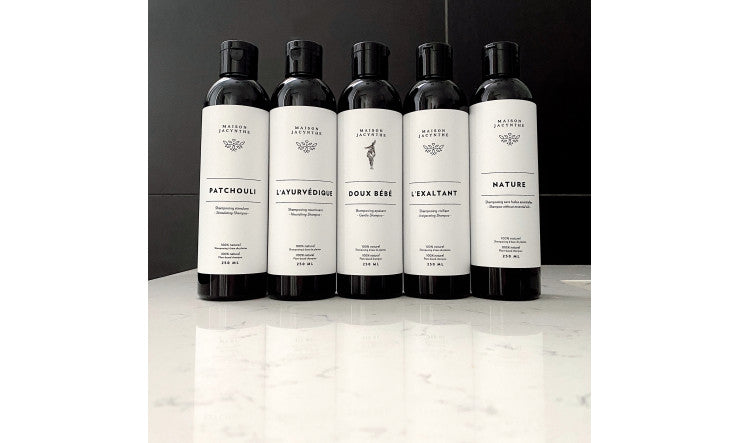

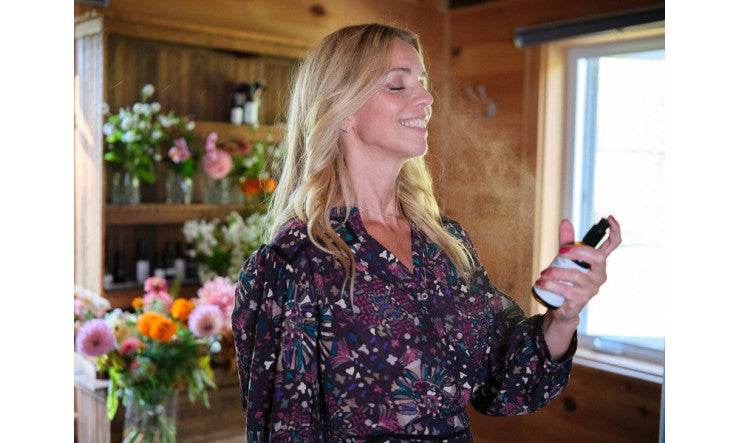





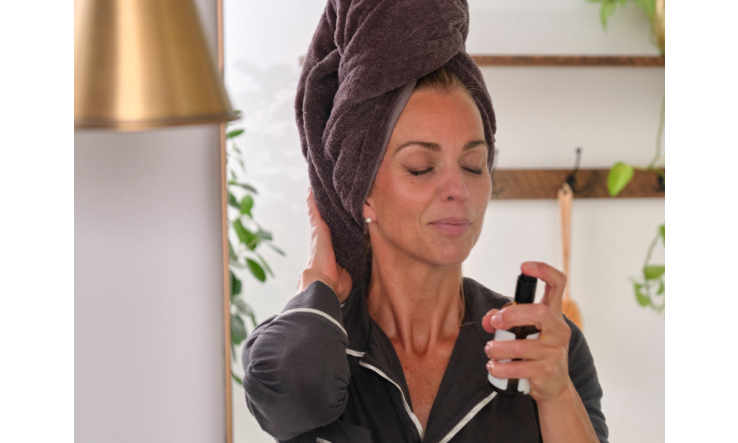























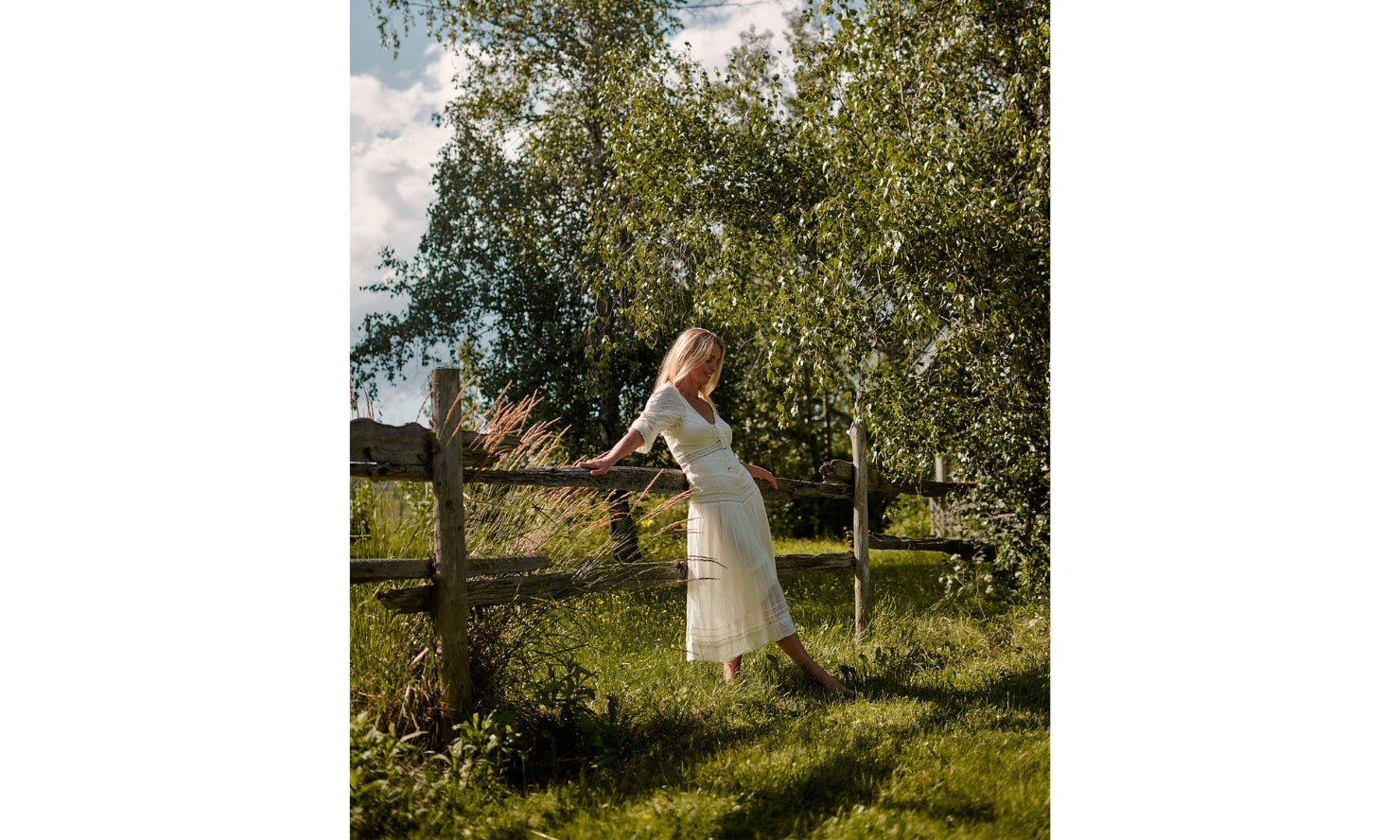
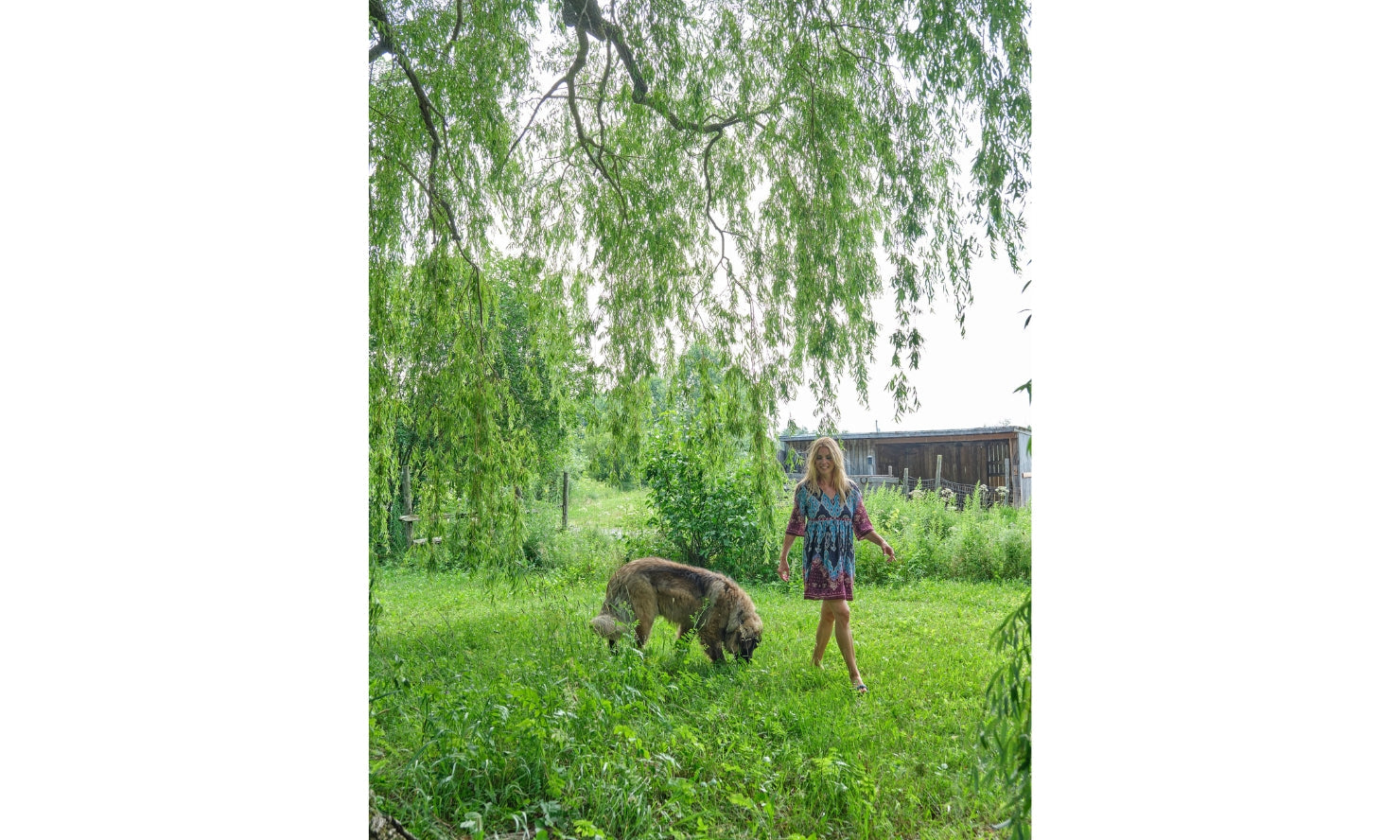
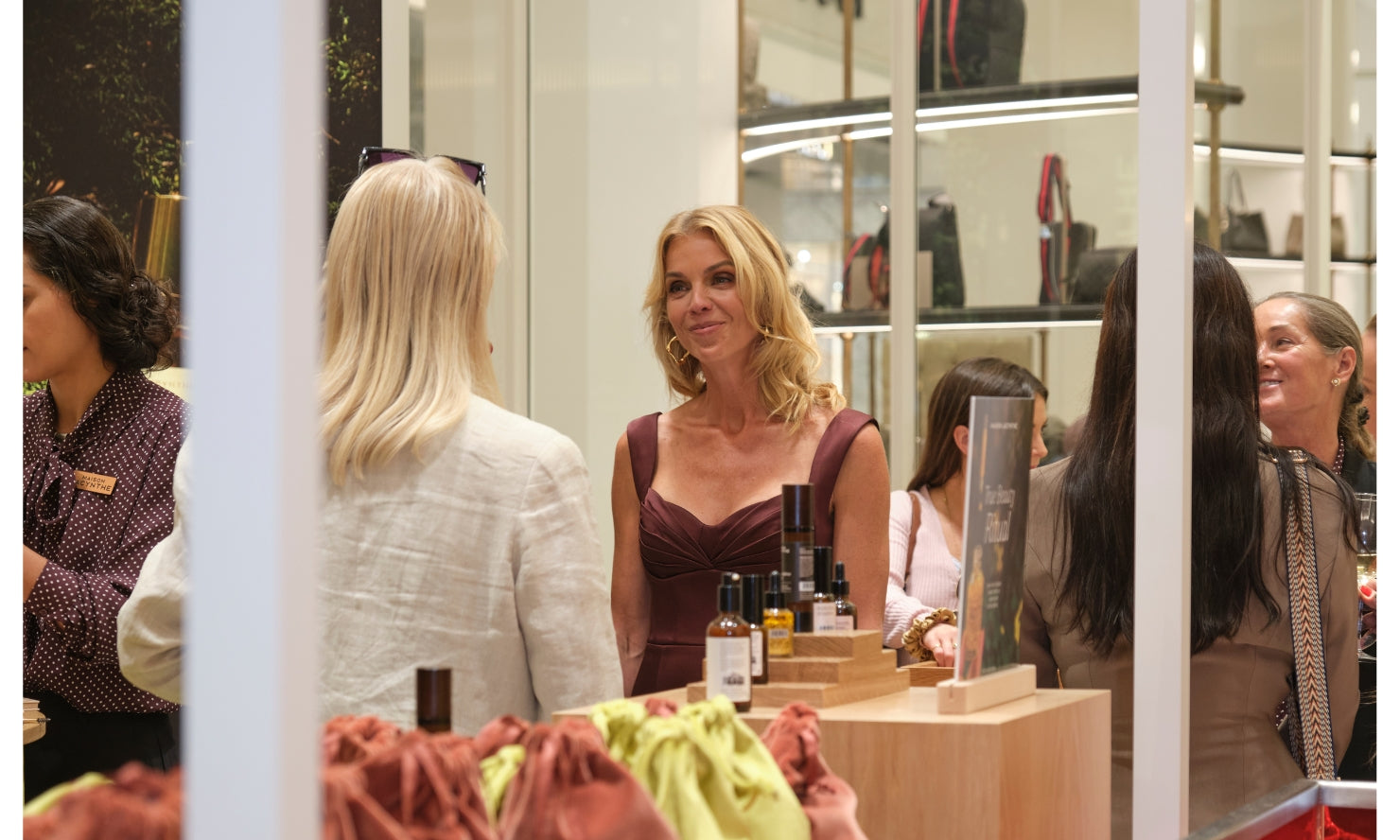

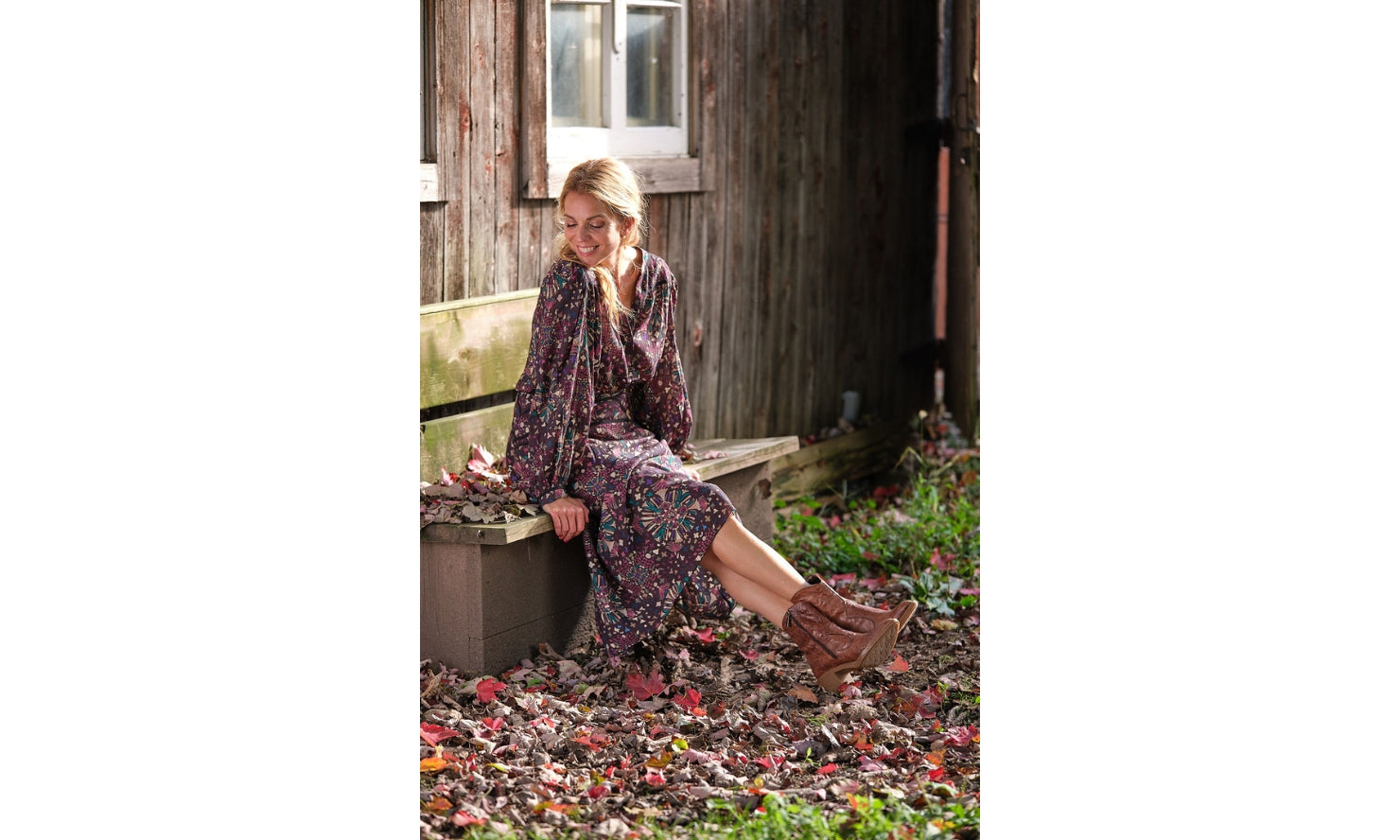
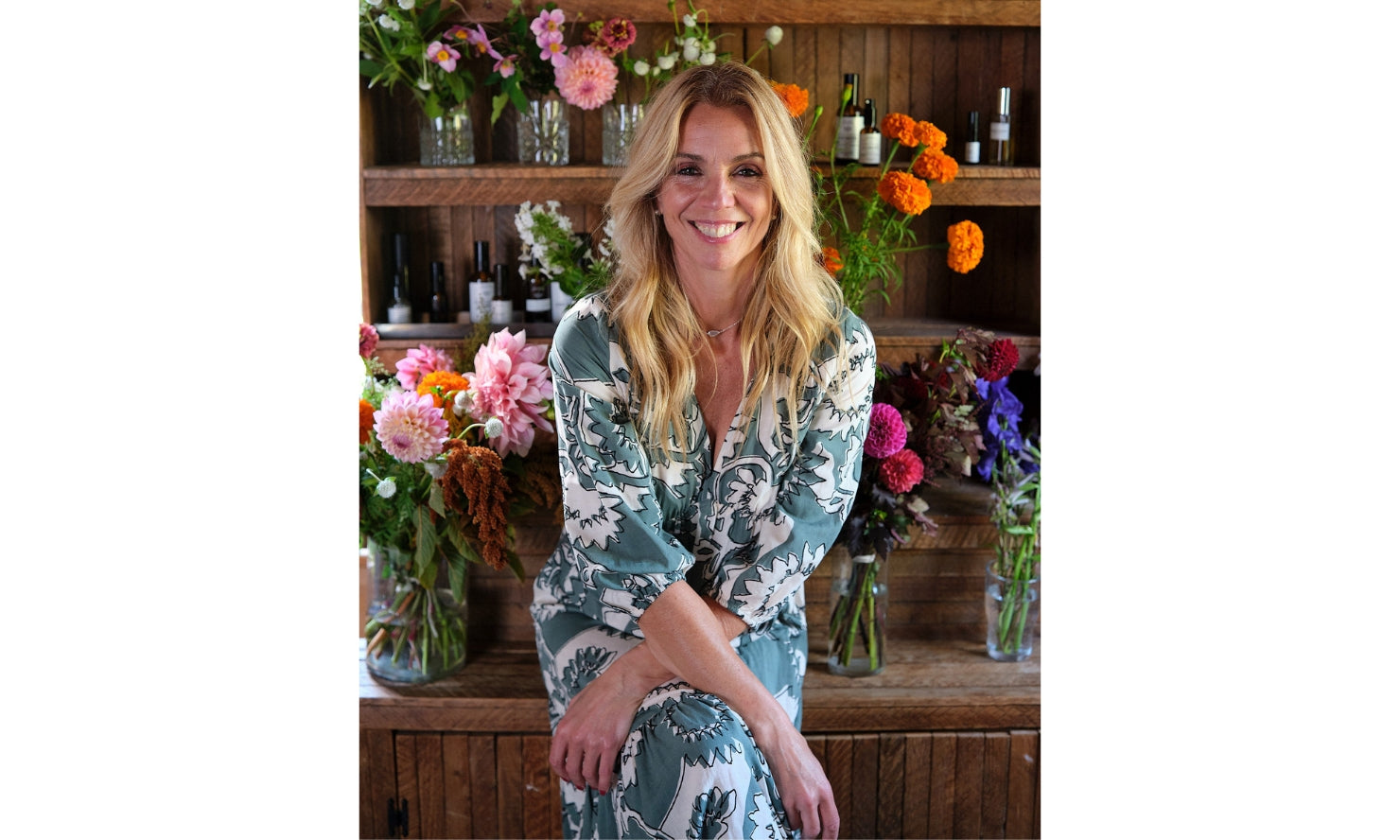
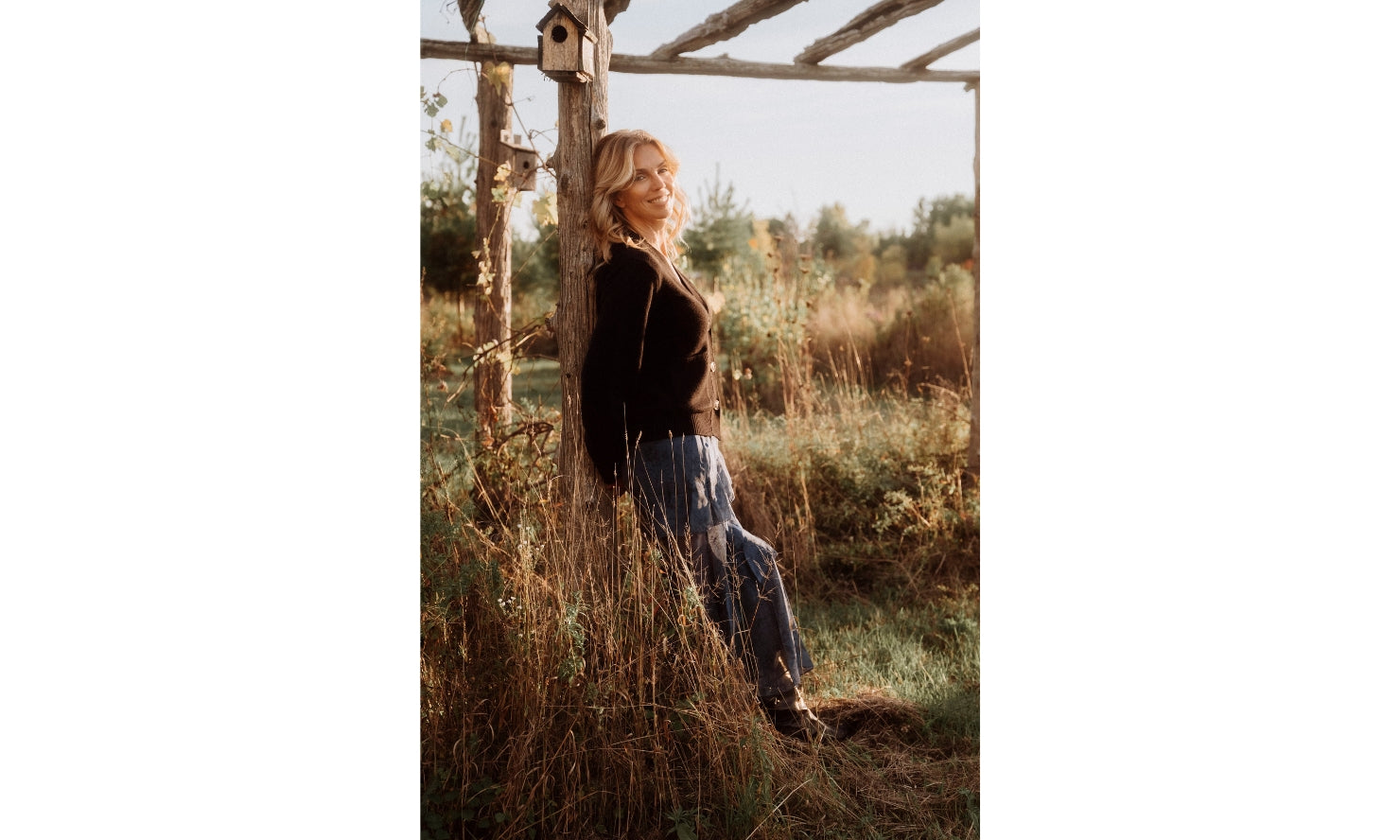
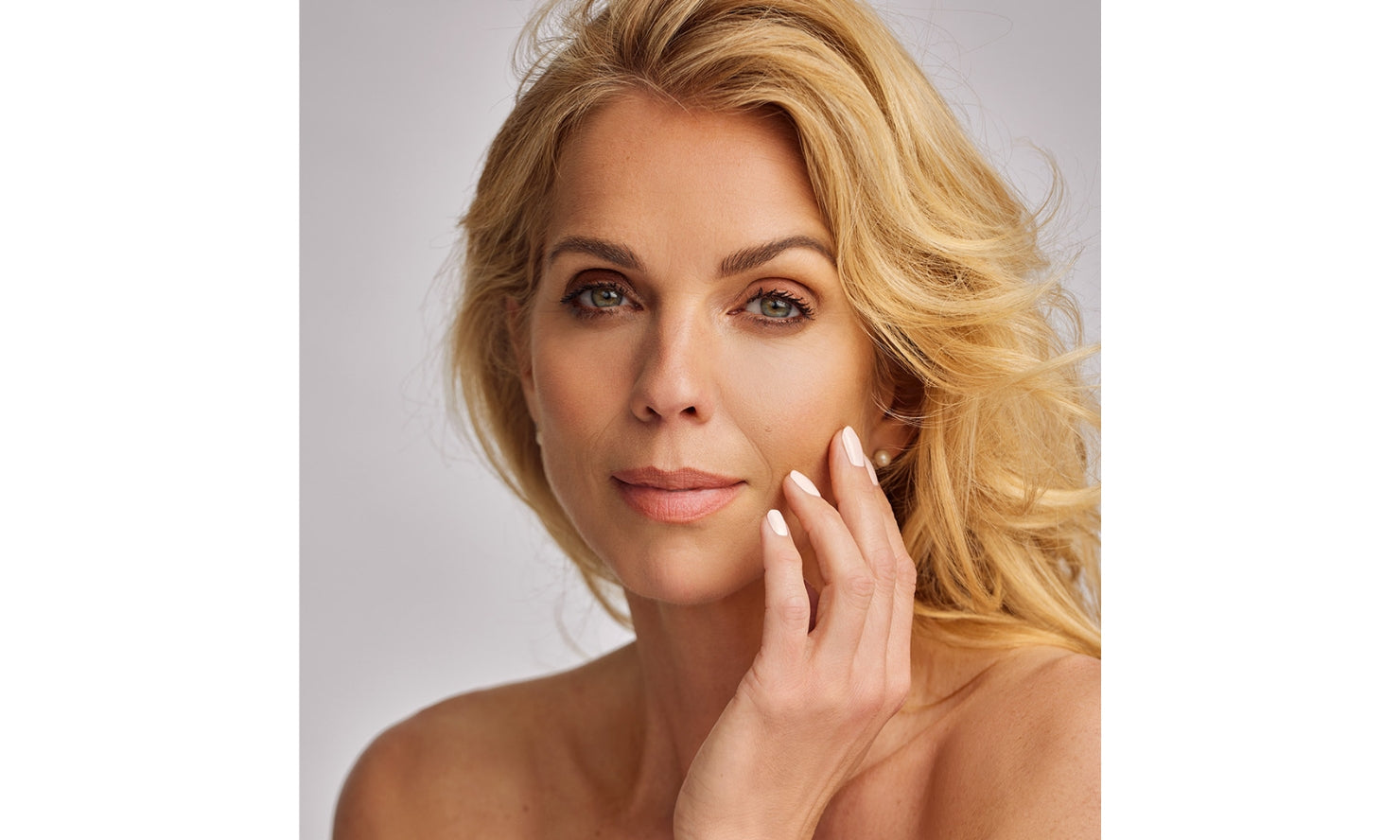
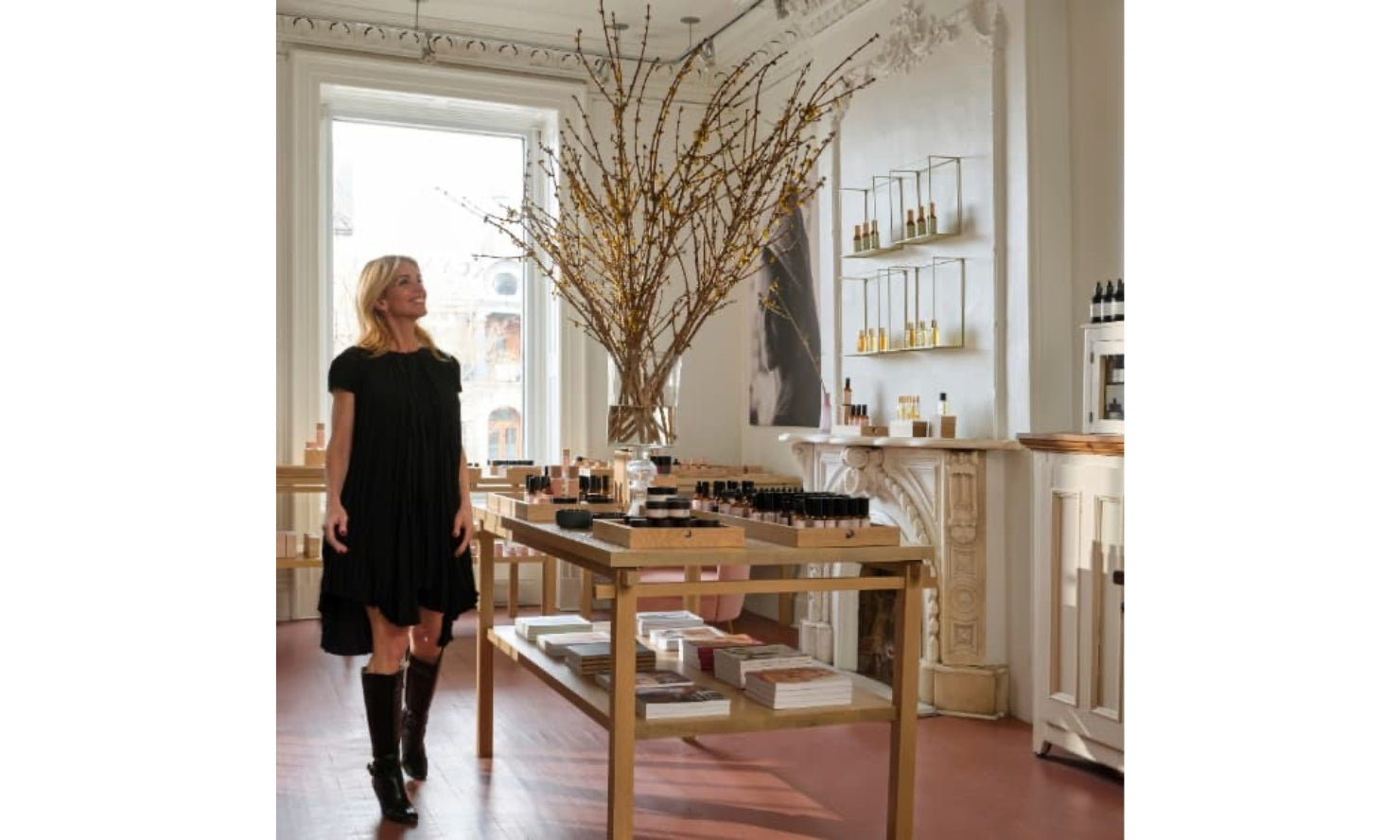
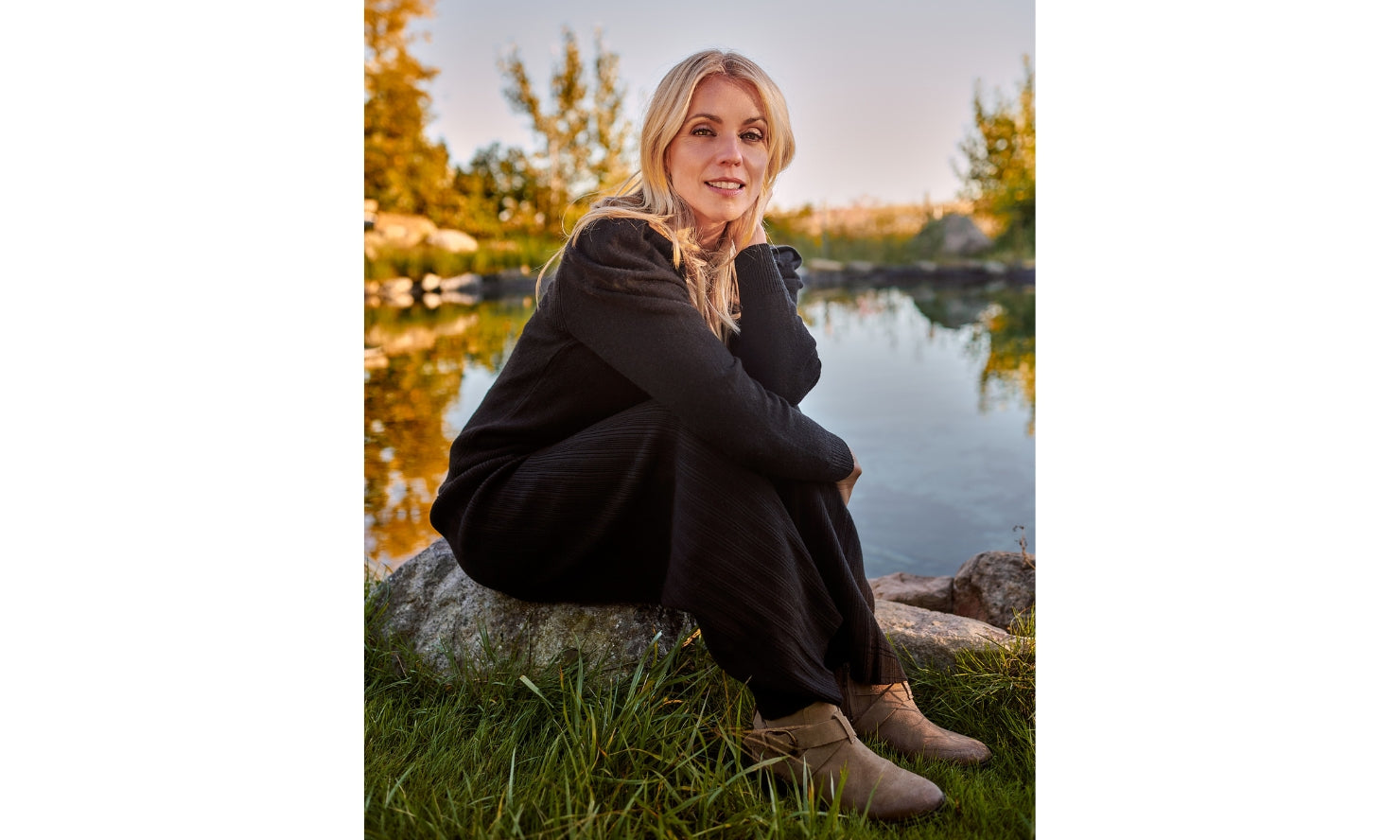








Leave a comment